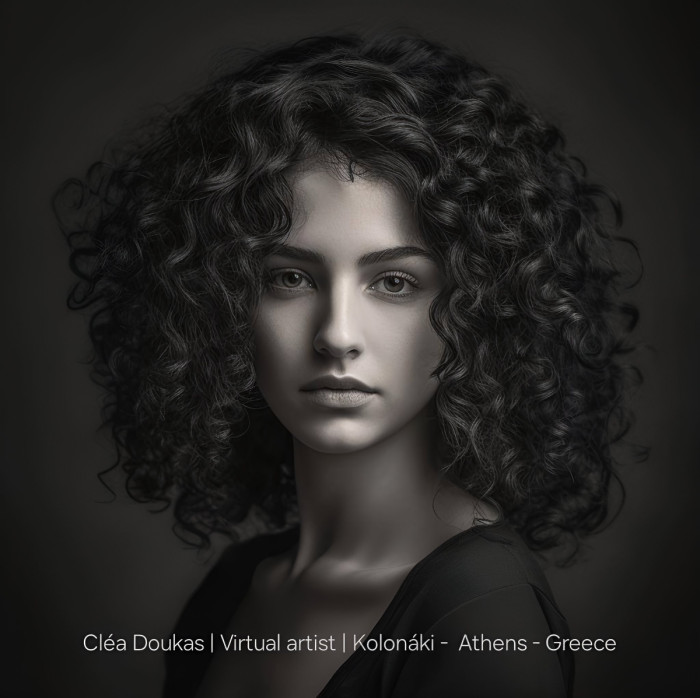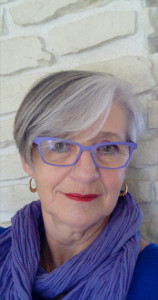
Discover the contemporary work of Cléa DOUKAS

Cléa Doukas is a young Greek visual artist, born, by chance during a family diplomatic posting, in Windhoek, Namibia at the beginning of the new millennium.
Passionate since childhood about drawing and painting, she perfected her technique at the prestigious Athens School of Graphic Arts -ASFA-, a major reference in fine arts in Europe.
Thus trained, she returned to Africa and traveled around Namibia. Captivated by the haunting power of the vast expanses of the southwest desert, the verdant lands and the exceptional fauna of the Etosha National Park which borders a coastline still untouched by humans, she decided to reside in Windhoek, -literally "the corner of the wind"- the capital in the center of the country, perched at an altitude of more than one thousand six hundred meters, a charming and well-kept city, of extraordinary cultural diversity, African and European.
She flourished there in the construction of her work, now recognized in Africa and Greece. This is where she models and sculpts in clay and wood, where she digitizes and ensures the reproduction of the work that we offer: "BAO".
Sculpture BAO
"BAO" is from here or elsewhere, from now and forever. It is from Africa and Greece, from the spring of humanity and its future.
Cléa personally identifies with this work, which is like her spiritual self-portrait. "BAO" emerged in the vermilion-red Namib desert dunes, which constitutes for Clea her meditation scene and her source of inspiration.
« "BAO" it is me but it is also the whole of humanity for all eternity. » She said of her work.
« "BAO" is a woman unless he is a man. She was born in Africa, unless it was more than 5000 years ago, at the beginning of the Bronze Age, in the Cyclades archipelago. She is of this World or of another. It is a belief in a spirit, a vital force that animates living beings, objects but also natural elements, such as stones or the wind. »
It is what Cléa learned from African wisdom and animist beliefs as many attempts at the necessary sacralization of life in a modernist approach close to contemporary ecological concepts.
It is what results from the emotional shock that Cléa experienced during her visit to the Goulandrís Kolonáki art museum in Athens, where she was, from childhood, confronted with the contemplation of the sculptures of the Cyclades.
"BAO" is a Cycladic work by its sobriety of form, its primitive "essentialism" and its extreme stylistic sophistication.
The artistic work of Cléa DOUKAS
Newly added works
Pop art resin sculptures











































































